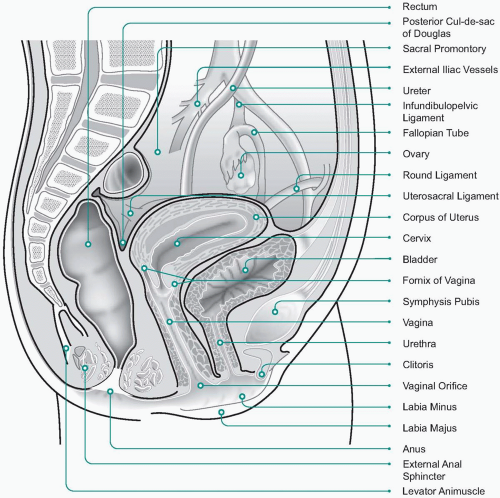Physiology of the Postpartum Period
TERMS
QUICK LOOK AT THE CHAPTER AHEAD
The postpartum period takes place from the birth of the newborn (and placenta) to approximately 6 weeks following the delivery. This time interval is important because it allows all the reproductive organs to return to their prepregnancy state.
The emotional status is equally important. The parenting role is one in which great changes occur for the couple. Caring for the new infant involves both physical and emotional changes for the parents.
The postpartum period takes place from the birth of the newborn (and placenta) to about 6 weeks after delivery (Figure 8-1). This time interval is important because it allows all the reproductive organs to return to their normal prepregnancy state. The postpartum period is also called the puerperium or the fourth trimester.
Involution is the process whereby the uterus returns to its prepregnancy size. This process starts right after the placenta is delivered and continues for 6 weeks when complete physiological involution is complete. At the end of the third stage of labor (delivery of the placenta) the uterus weighs approximately 2 pounds (1,000 g and about the size of a grapefruit); in its nonpregnant state, the uterus weighs about 1 to 2 ounces (50-100 g).
At the end of the delivery process, the fundus (top portion of the uterus) should be firm upon palpation and be midline and one fingerbreadth (2 cm) below the level of the umbilicus. If the fundus is not firm and feels soft (boggy), it may respond to manual massage and become firm. If it does not respond to manual massage and continues to feel soft or boggy, this may indicate uterine atony and may lead to postpartum hemorrhage. Further monitoring and risk factors need to be considered (e.g., high parity, prolonged labor, and tocolytics).
Twelve hours after delivery the fundus is 1 cm above the uterus. As the postdelivery hours pass, the uterine fundus involutes 1 to 2 cm (1/2 to 1 fingerbreadths) every 24 hours. If at any time during uterine assessment of the patient the uterus is deviated above the umbilicus and to the right, this indicates a distended bladder. The postpartum patient should be taught that frequent voiding will alleviate this problem. As the normal fundus continues to involute (by the sixth day), it is located between the umbilicus and the symphysis pubic bone. By the tenth day, the uterus cannot be palpated.
Stay updated, free articles. Join our Telegram channel

Full access? Get Clinical Tree





